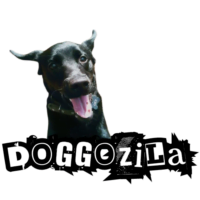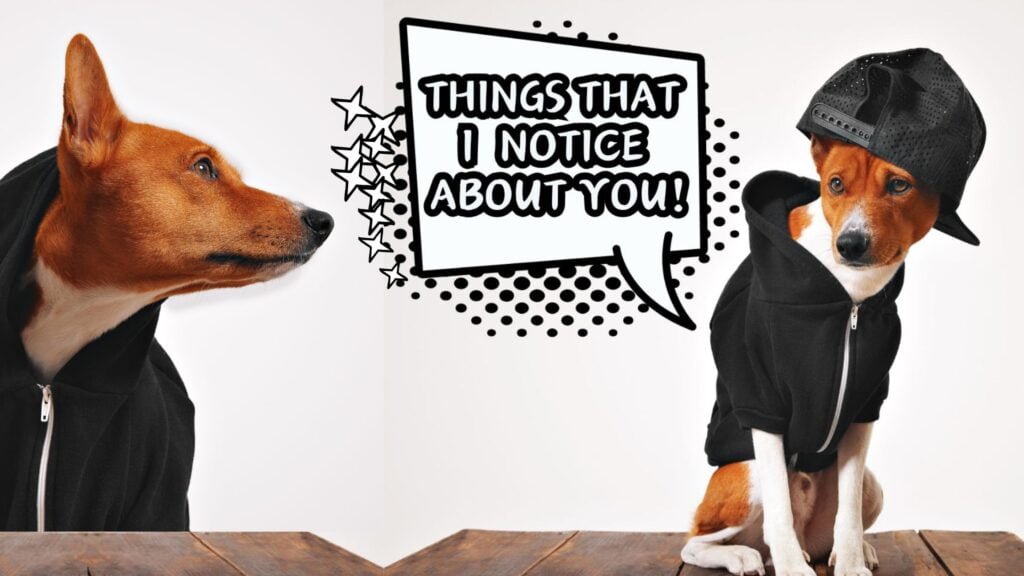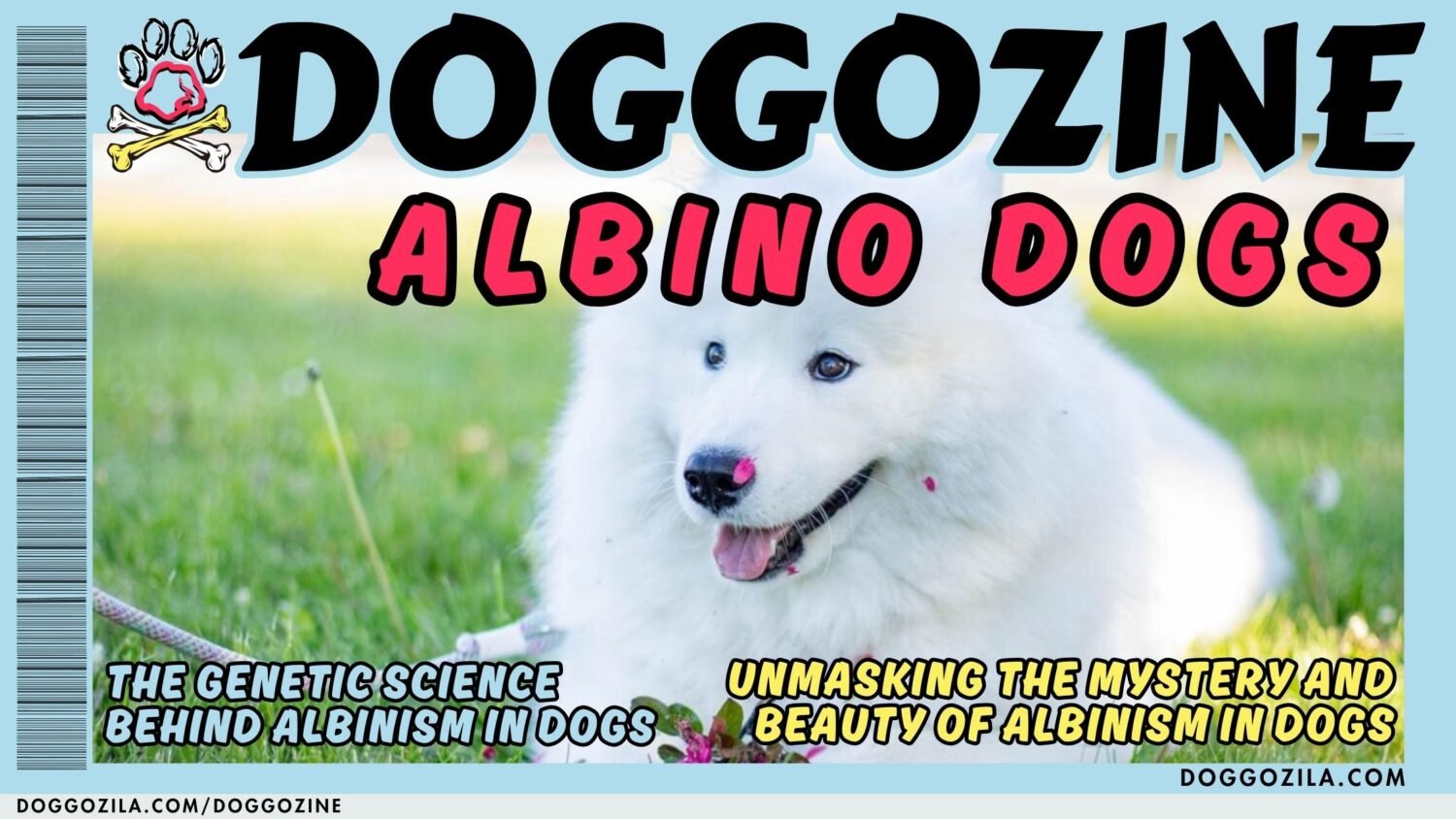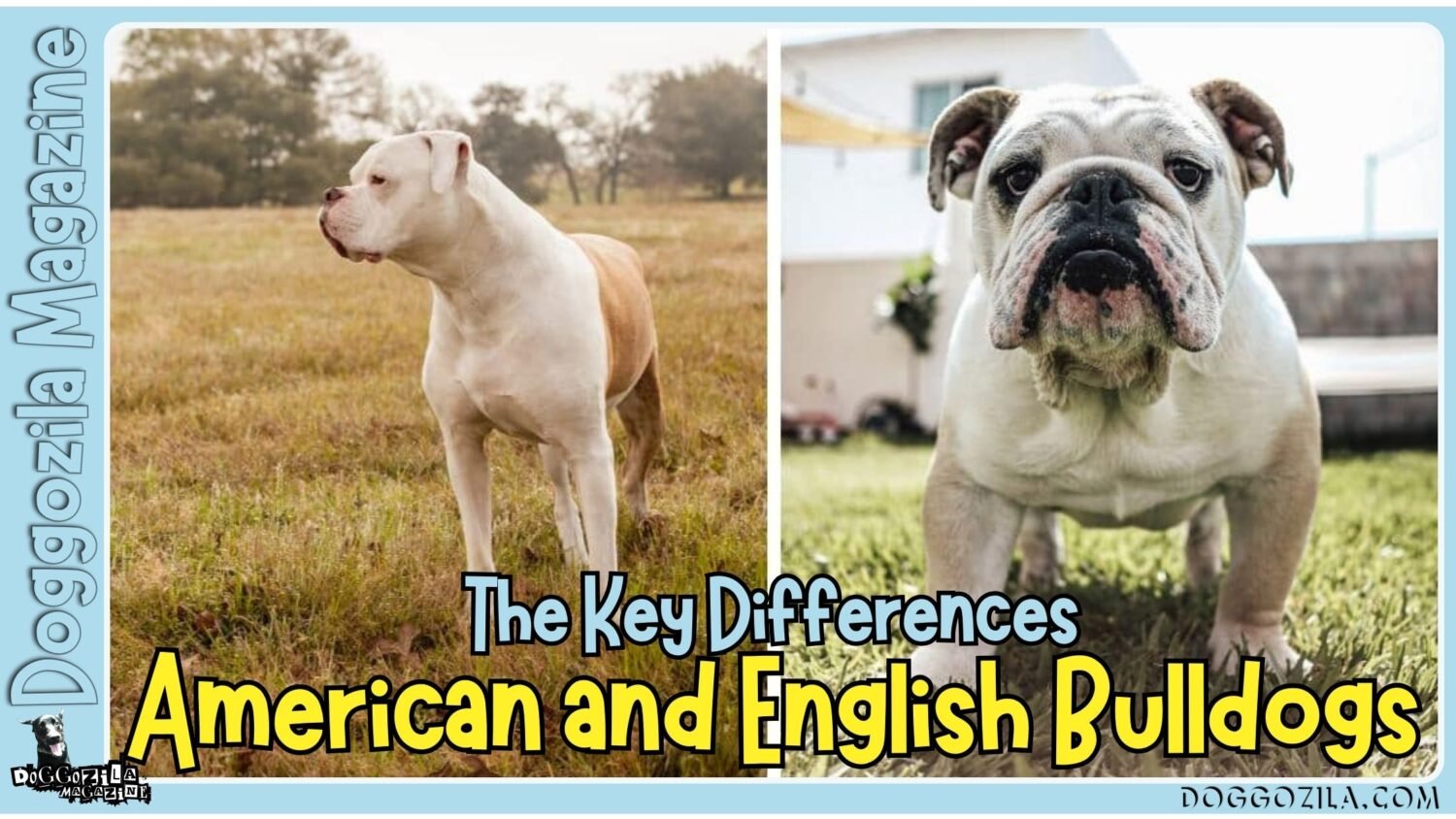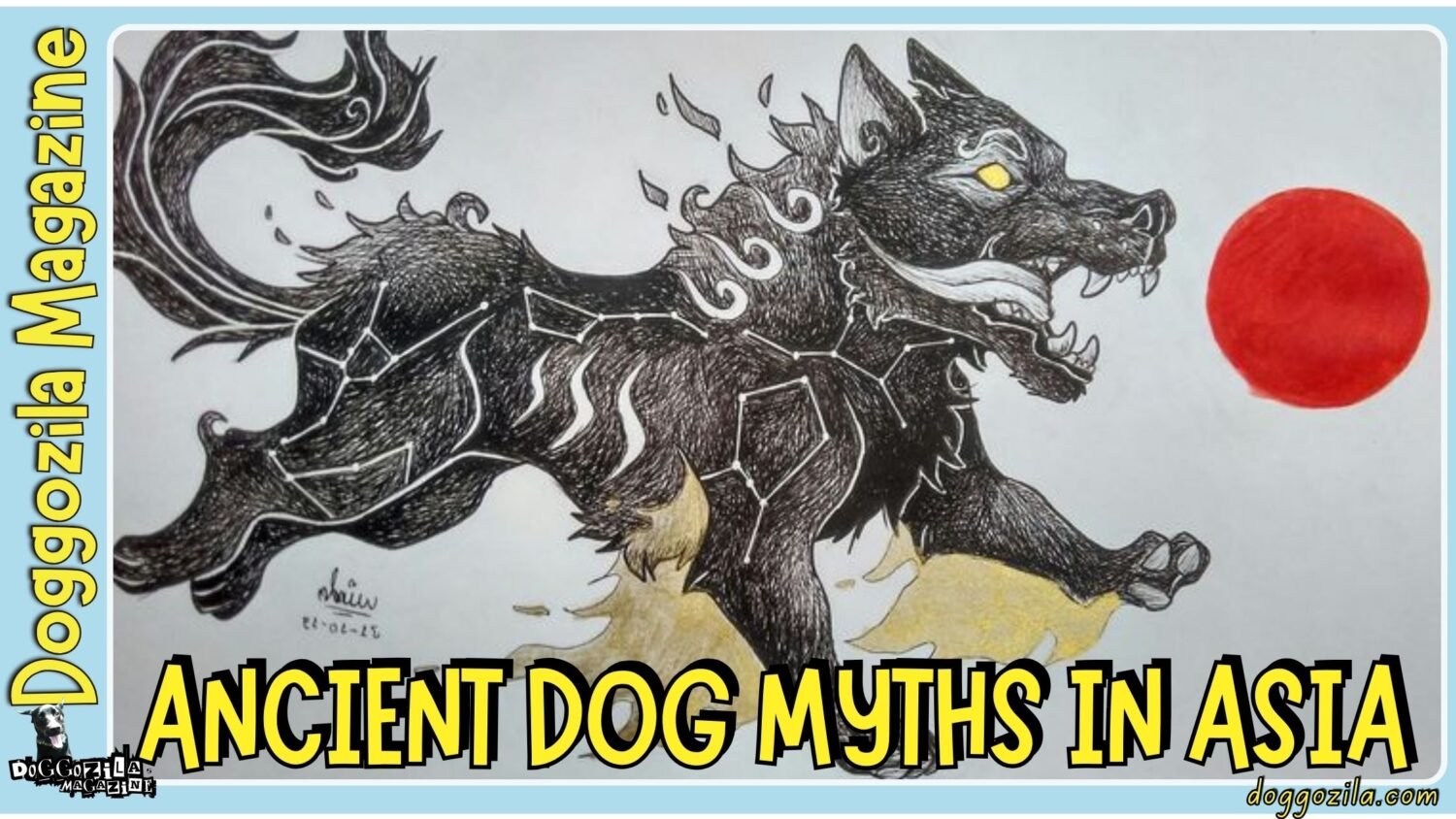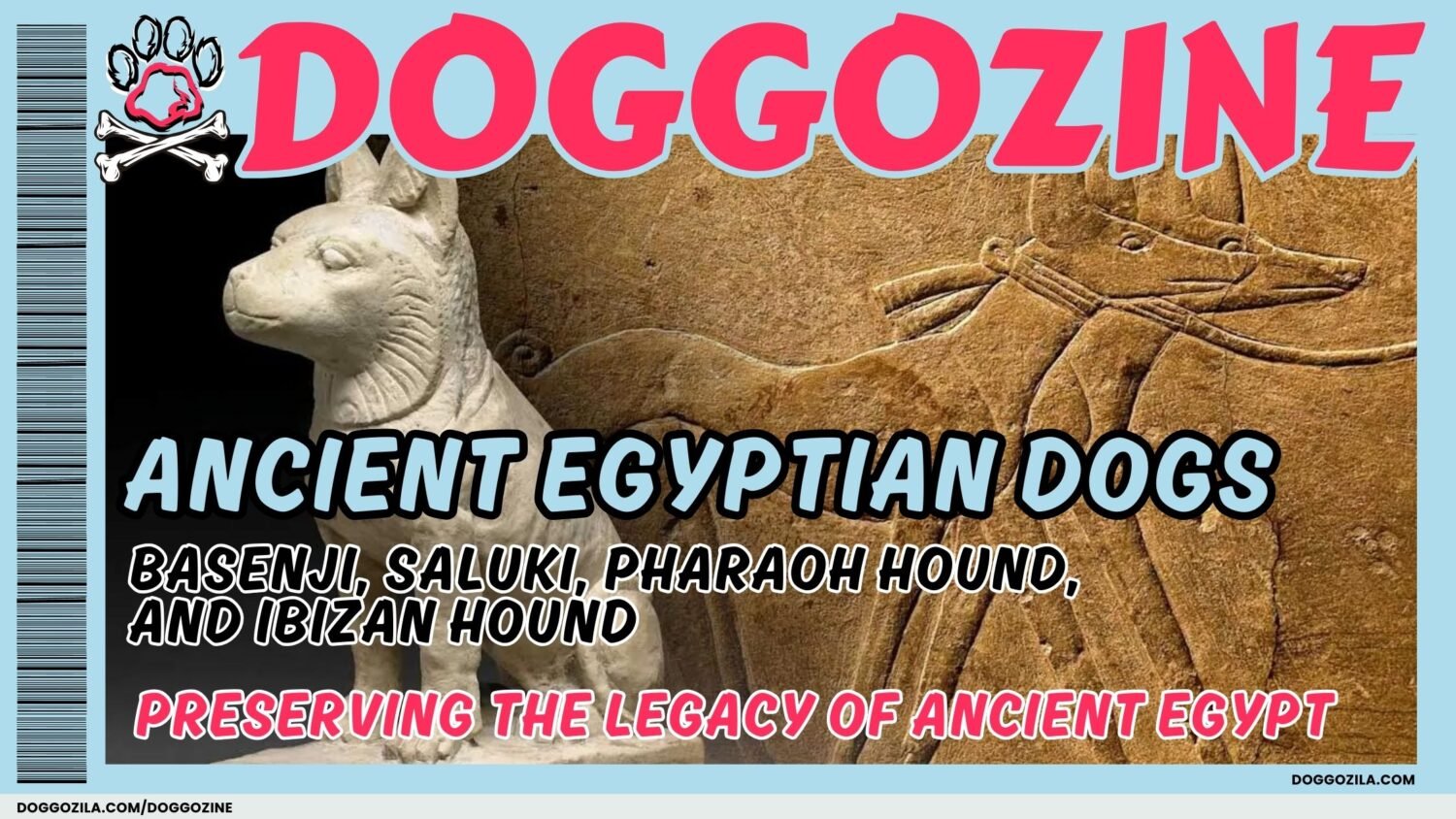For centuries, Slavic cultures have woven rich tales where dogs are much more than pets, they are spiritual guardians, shape-shifting beings, and guides between worlds. These fascinating dog myths in Slavic folklore reveal how our ancestors viewed the loyal canines by their sides, seeing in them a connection to divine forces and the mysterious underworld.
From the banks of the Dnieper to the Balkan Mountains, stories passed down through generations depict dogs as possessing supernatural sight and the ability to protect humanity from unseen dangers. Today, we rediscover these captivating legends that formed the bedrock of Slavic spiritual life long before modern religions dominated the landscape.
This deep dive into dog myths in Slavic folklore will transport you to a world where the bark of a dog could ward off evil spirits, and where mythical hounds guarded the world tree itself. Let’s explore these timeless tales that still influence how we perceive our dogs and their mysterious connection to realms beyond our own.
Step into a world where your dog’s bark at an empty corner isn’t just curiosity, but it’s a warning from the spirit realm, and where ancient myths reveal a bond between human and hound that is far more magical than we ever imagined.
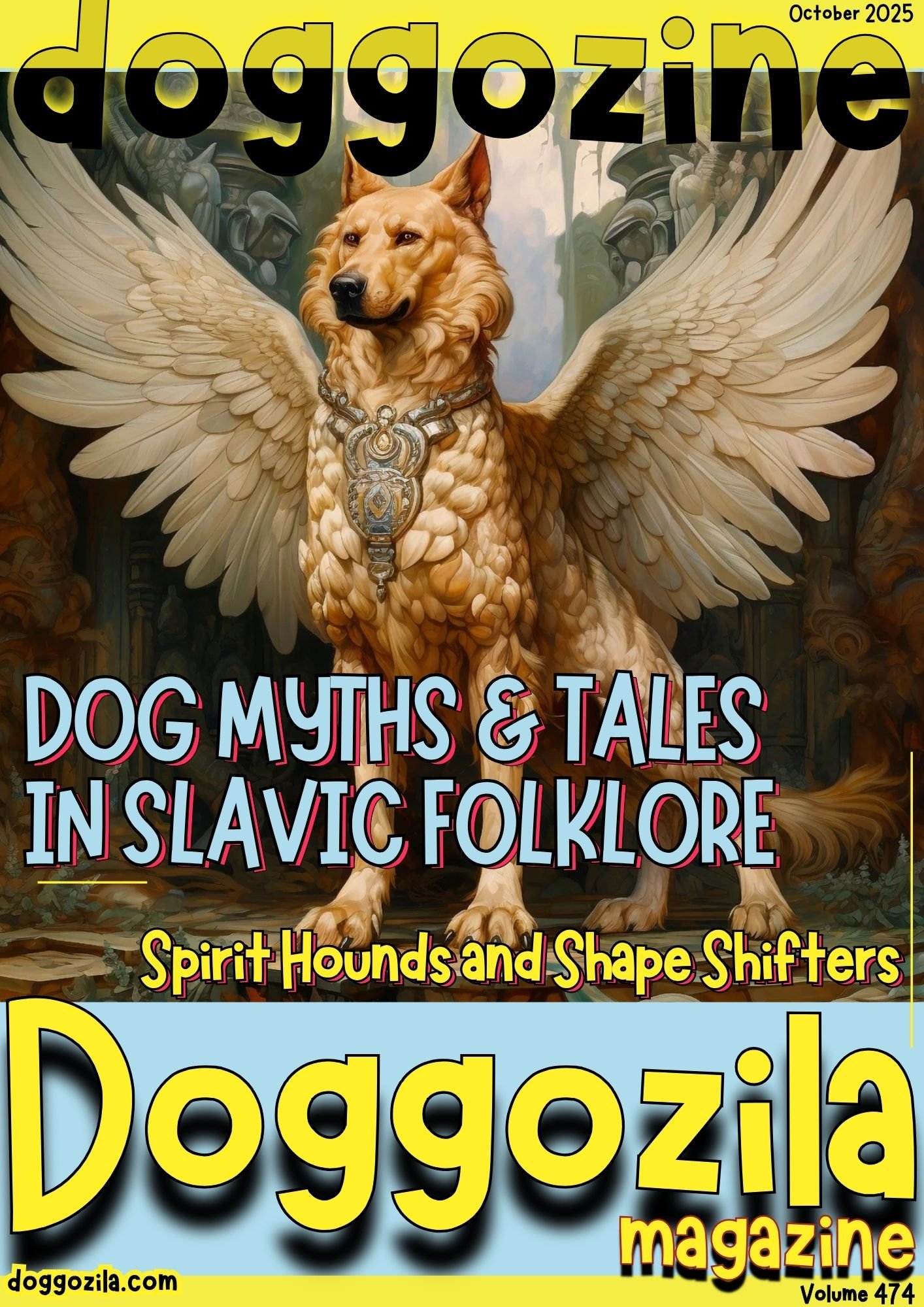
Key Takeaways: Dog Guardians of Slavic Lore
| Point | Details |
| Dogs as Spiritual Guardians | Slavic folklore revered dogs as protectors against evil spirits, believing they could perceive supernatural threats invisible to humans and ward them off from homes and villages. |
| Connection to Gods & Shape-Shifting | The god Veles was a master shape-shifter, often appearing as a wolf, linking dogs to powerful transformation myths and the concept of warriors becoming wolf-like. |
| Guides to the Afterlife | Dogs were seen as psychopomps, or soul guides, that helped shepherd the deceased to the afterlife, with their behavior often interpreted as death omens. |
| Spectral & Phantom Hounds | Legends tell of ghostly hounds guarding liminal spaces like crossroads and cemeteries, serving as omens or protectors of hidden treasures. |
| Modern Breed Echoes | Ancient beliefs subtly influence preferences for large, protective breeds like the Caucasian Shepherd, which embody the guardian traits celebrated in myth. |
| Enduring Cultural Influence | These myths remain alive today in literature, modern pagan practices, and the intuitive ways dog owners interpret their pets’ behavior. |
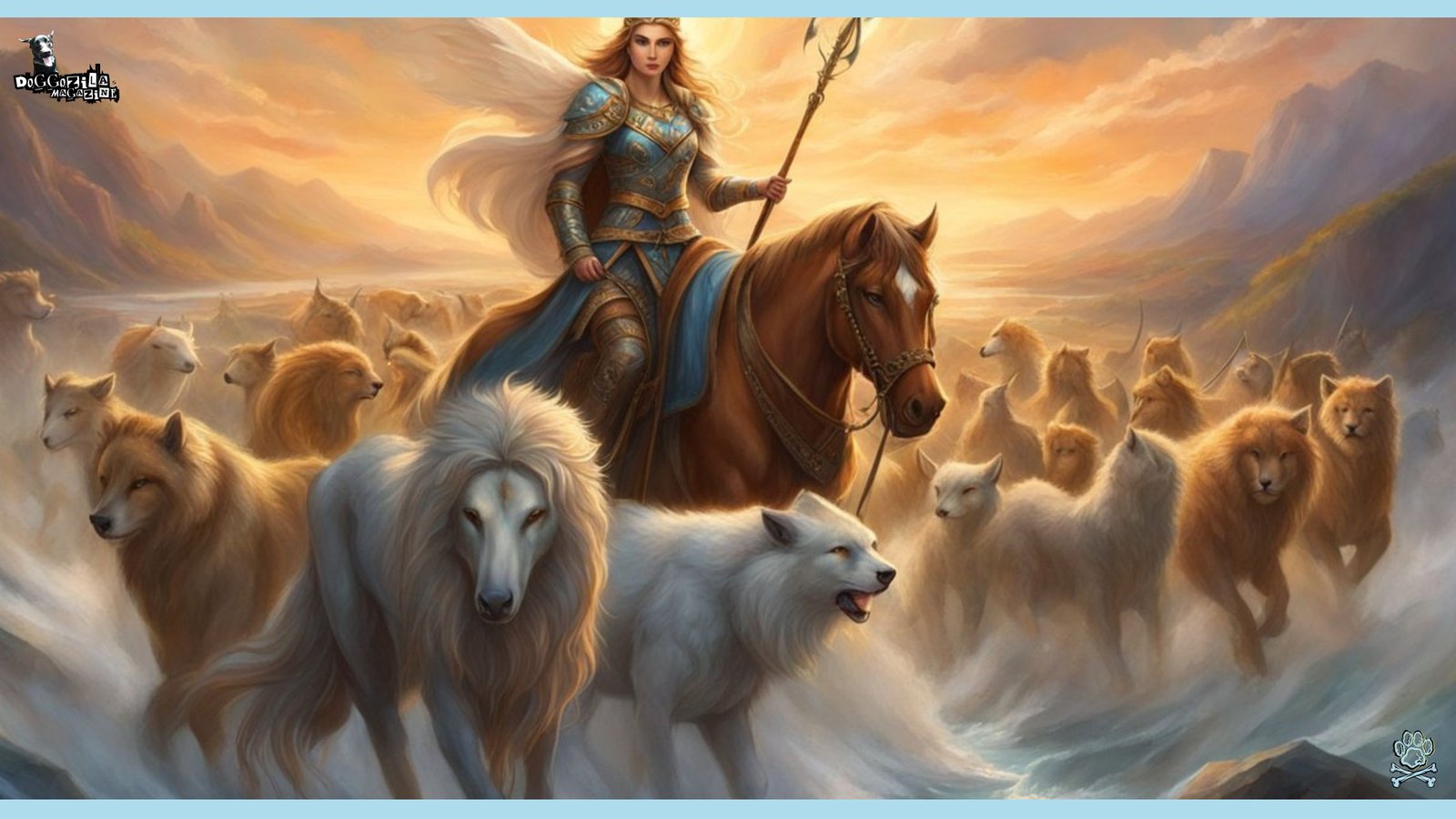
SIMARGL: THE WINGED PROTECTOR IN DOG MYTHS IN SLAVIC FOLKLORE
Among the most magnificent creatures in dog myths from the Slavic folklore stands Simargl, a divine being depicted as a powerful winged hound. This celestial guardian occupied a crucial space in the Slavic pantheon, mentioned alongside major deities like Perun and Veles in historical records.
Imagine a majestic creature with the loyal form of a dog but gifted with soaring wings, a perfect fusion of earthly faithfulness and heavenly power. Simargl’s primary role involved protecting the world tree and preventing chaos from spilling into our reality, a testament to the immense trust Slavs placed in dog qualities.
Archaeological finds across Slavic lands reveal artifacts depicting winged creatures with dog features, suggesting Simargl’s worship was widespread. These discoveries confirm that the concept of a divine, protective dog deity was deeply embedded in the pre-Christian Slavic worldview. The image of this winged guardian offers fascinating insights into how ancient Slavs conceptualized the relationship between the earthly and divine realms, with a dog-figure serving as the intermediary.
The Divine Winged Hound of Kiev
Historical chronicles tell us that Prince Vladimir the Great erected statues to Slavic gods around 980 AD, including Simargl among the core deities. This places the winged dog in the highest ranks of the Slavic spiritual hierarchy, worshipped as a powerful protective force.
Simargl likely represented the union of celestial and earthly powers, with his wings connecting him to the heavens while his dog form rooted him to the world of humans and nature. The deity’s Persian origins show how Slavic mythology incorporated elements from neighboring cultures, adapting them into something uniquely their own.
Interpreting Simargl’s Dog Nature
Scholars debate whether Simargl was a single deity or possibly two separate beings, but his dog attributes remain consistently documented across sources. The winged dog was often described as a protector of crops and vegetation, connecting dog vigilance to agricultural prosperity and the cycle of seasons.
Some interpretations suggest Simargl served as a messenger between gods and humans, his wings carrying prayers upward and divine blessings downward. This role echoes the behavior of our own dogs who constantly move between our homes and the outside world.
Simargl’s Echoes in Modern Dog Breeds
While nobody claims their poodle is a direct descendant of Simargl, certain ancient dog breeds from Slavic regions carry echoes of this mythical protector. The South Russian Ovcharka, with its thick coat and imposing presence, embodies the protective qualities Slavs admired in canine companions.
These large, loyal guardians, developed over centuries in Ukraine and southern Russia, demonstrate the real-life traits that inspired the Simargl myth, fierce protection combined with unwavering loyalty to their human families.
🔑 Key Points: Slavic mythology featured a divine, winged dog-deity named Simargl who served as a celestial guardian of the world tree and a mediator between gods and humans.
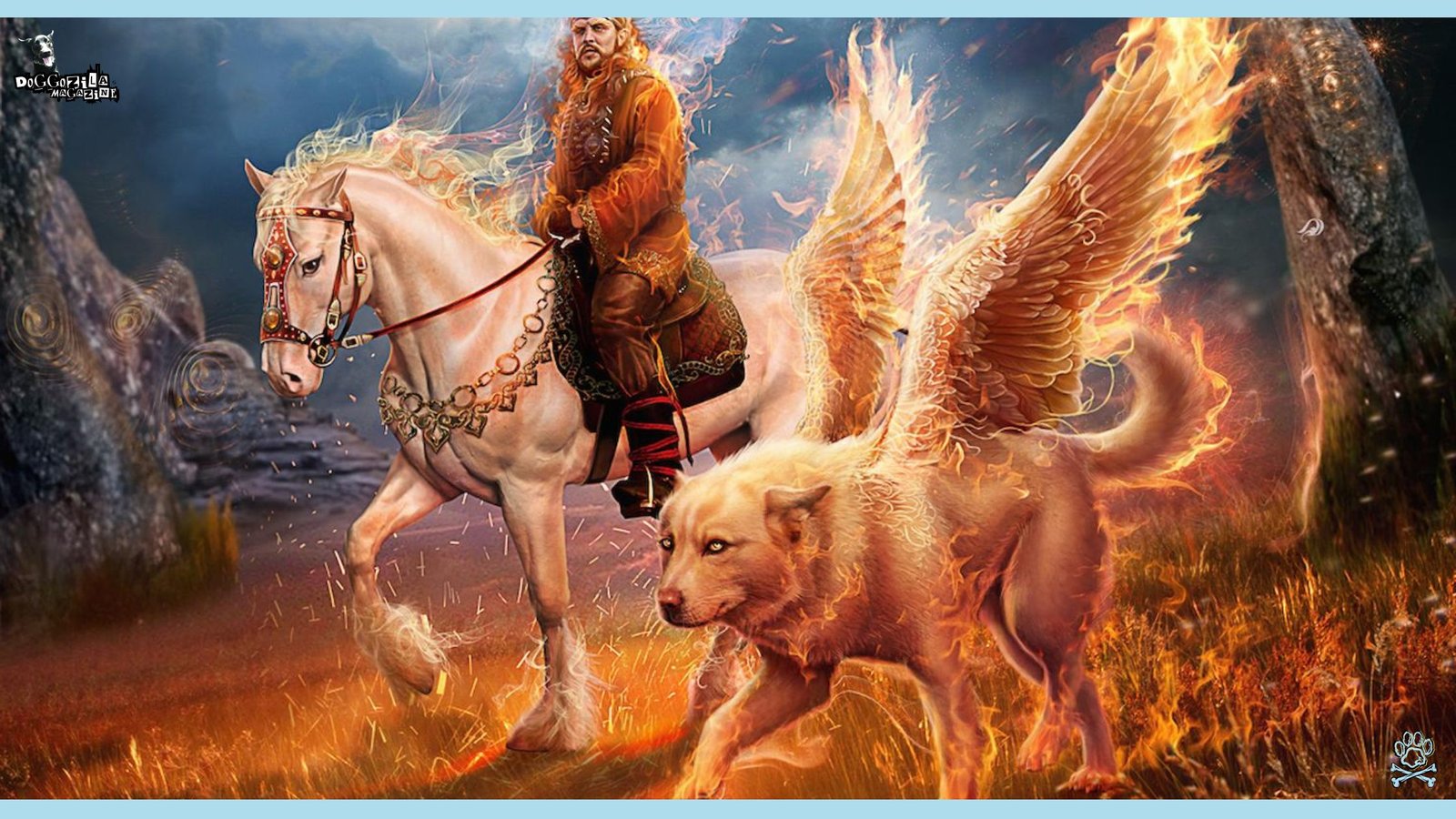
HEARTH GUARDIANS AND DOG SPIRIT WATCHERS IN SLAVIC MYTHS AND FOLKLORE
Beyond the majestic Simargl, ordinary dogs held extraordinary roles in the spiritual lives of Slavic villages. Our ancestors believed dogs possessed the innate ability to perceive supernatural entities invisible to human eyes, making them perfect guardians against malevolent forces.
A dog barking at empty space might seem like odd behavior today, but for Slavs, this signaled the animal was warning homeowners about approaching spirits. This deep-seated belief in dog spiritual perception forms the foundation of many dog myths in Slavic folklore that persisted long after Christianity arrived.
Blending Spiritual Wisdom with Practical Household Decisions
In rural Russia, Ukraine, and throughout the Balkans, families kept dogs not just for physical protection but as essential spiritual guardians. Before entering a new home, owners would often let the dog enter first to bless the space and detect any negative energies.
If the dog settled comfortably, the home was safe, if it whined or refused to enter, the family might reconsider their purchase. These practical applications of dog myths in Slavic folklore show how deeply these beliefs were woven into everyday life, blending spiritual wisdom with practical household decisions.
Dog Alarm Systems Against the Unseen
Dogs were considered living alarm systems against supernatural threats, particularly in Serbian and Balkan traditions where the air was thick with stories of nocturnal spirits. When a dog suddenly raised its hackles and growled at nothing visible, families knew to take protective measures like lighting blessed candles or saying prayers.
This belief stemmed from observations that dogs often detected approaching visitors long before humans could, if they could sense physical arrivals, why not spiritual ones? Many Slavic families reported their dogs acting protectively around pregnant ladies and newborns, suggesting they could ward off malevolent forces targeting the vulnerable.
Domovoy and His Dogs
The Domovoy, a household spirit in Russian and Ukrainian belief, often interacted with family dogs in fascinating ways. Rather than being jealous of the dog residents, the Domovoy was thought to develop friendships with dogs that respected the home’s spiritual ecology.
Families would sometimes watch their dogs seemingly play with empty space, interpreting this as interaction with the Domovoy. A content dog meant a content Domovoy, which meant a harmonious household, creating a spiritual ecosystem where the dog was the central barometer of supernatural harmony.
Protective Rituals Involving Family Dogs
Throughout Slavic regions, people developed specific rituals that tapped into their dogs’ protective energies. In parts of Poland, walking a dog around the perimeter of a new property was believed to create a spiritual barrier against evil influences.
Ukrainian traditions included feeding dogs special foods during important holidays to strengthen their connection to the spiritual realm. These practices show how dog myths in Slavic folklore translated into concrete actions that acknowledged and honored the dog’s role as a living bridge between visible and invisible worlds.
🔑 Key Points: Ordinary dogs were believed to be spiritual guardians of the home, capable of seeing evil spirits and warning their families, with their behavior directly interpreted as supernatural alerts.
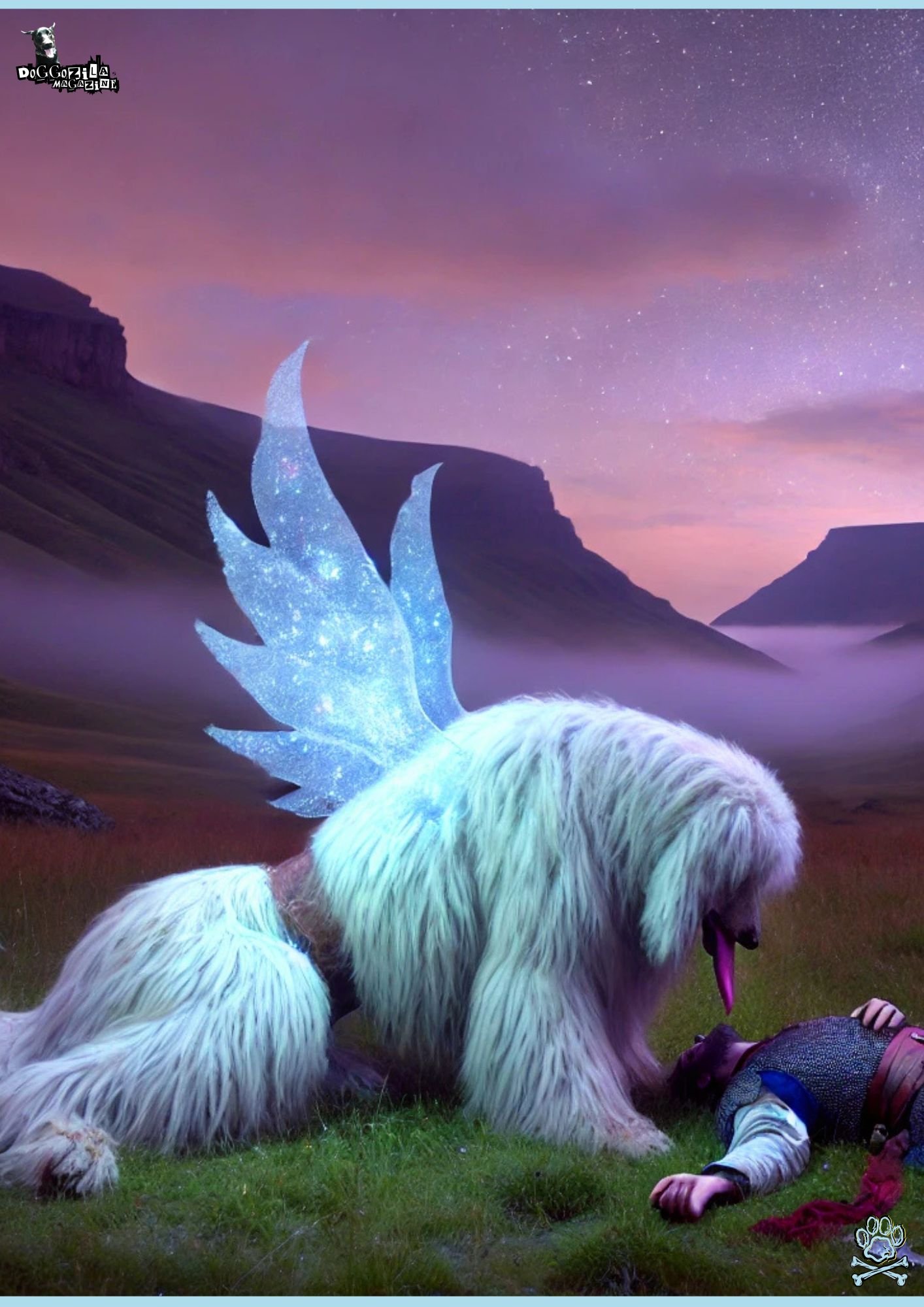
DOG GUIDES OF THE AFTERLIFE IN MYTHS FROM SLAVIC FOLKLORE
The connection between dogs and death forms some of the most profound dog myths in Slavic folklore, where dogs frequently appear as psychopomps, guides for souls transitioning to the afterlife. This belief likely stems from the observation that dogs are natural guides in the physical world, so why not in the spiritual one?
From Russia to the Balkans, stories abound of dogs howling at the moment of a person’s death, interpreted as the animal responding to the departing soul only it could perceive. These traditions created a sacred role for dogs in the delicate space between life and death.
Dogs Used in Funeral Rites for Important Figures
Historical accounts from medieval Slavic lands describe how dogs were sometimes included in funeral rites, particularly for important figures. Arabian travel writer Ahmad Ibn Fadlan documented 10th-century Viking funeral rites on the Volga River, which included sacrificial dogs likely intended as guides for the deceased.
While these observations weren’t exclusively Slavic, they existed within territories Slavs inhabited and reflected regional practices. The deep-seated belief in dogs as afterlife guides illustrates how our ancestors saw death not as an end but as a transition where canine companions provided comfort and direction.
Psychopomp Dogs of Slavic Tradition
In many Slavic communities, a dog appearing at the moment of death or during funeral proceedings was considered a positive sign that the soul would find its way safely. This aspect of dog myths in Slavic folklore positions canines as compassionate guides rather than frightening omens.
Some Ukrainian stories tell of mysterious dogs that would accompany funeral processions then vanish afterward, believed to be spiritual entities rather than physical animals. These traditions comforted the bereaved with the idea that their loved ones weren’t making the final journey alone but had a faithful canine companion.
Interpreting Dog Death Omens from The Myths in Slavic Folklore
Despite dogs generally being seen as positive spiritual figures, certain behaviors could signal impending death in Slavic folk beliefs. A dog howling toward a house, digging near the foundation, or lying upside down were all considered potential death omens in various Slavic regions.
These beliefs weren’t necessarily contradictory, they reinforced the idea that dogs could perceive the invisible processes of life and death. Rather than causing death, the dog was simply alerting family members to what it could already sense approaching, much like it would bark at an approaching stranger.
Comparative Myths and Folklore: Slavic Dog Psychopomps
The Slavic belief in dogs as soul guides shares striking parallels with other world mythologies, suggesting a universal human recognition of this dog quality. Like Anubis in Egyptian mythology or Xolotl in Aztec beliefs, Slavic traditions assigned dogs similar guiding roles across cultural boundaries.
This cross-cultural pattern indicates something fundamental about how humans perceive dogs, their loyalty, guidance, and protective instincts make them ideal companions for life’s greatest transition. Recognizing these parallels helps us appreciate the deep archetypal patterns underlying dog myths in Slavic folklore and worldwide.
🔑 Key Points: Dogs were deeply connected to death and the afterlife, often seen as psychopomps (soul guides) whose actions, like howling at a specific moment, were considered omens of death.
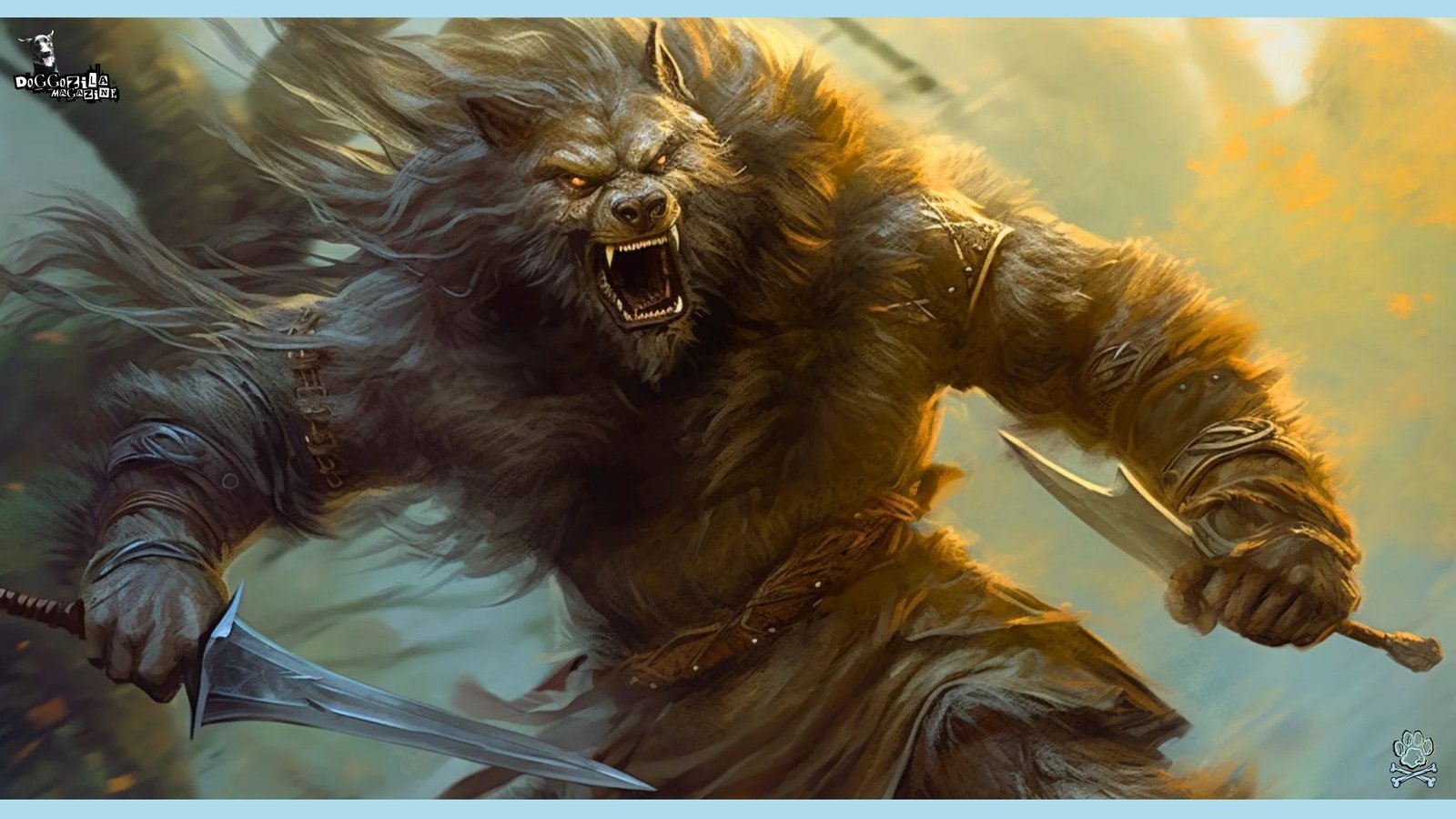
VELES AND SHAPE-SHIFTING DOG MYTHS IN SLAVIC FOLKLORE
The formidable god Veles stands central to many shape-shifting dog myths in Slavic folklore, particularly those involving transformations between human and wolf forms. As a major deity of earth, waters, and the underworld, Veles commanded immense shape-shifting abilities and often appeared as a bear, snake, or wolf.
The mythology of the god Veles reveals the complex Slavic understanding of dog nature, both destructive and protective, wild yet deeply connected to human communities. The perpetual conflict between Veles and Perun, the thunder god, represented natural cycles that Slavic people observed in their world.
Historical and Archaeological Evidence of Actual Initiation Rituals
Veles’s association with wolves and transformation speaks to how Slavs understood the thin boundary between civilization and wilderness, between human consciousness and animal instinct. Historical and archaeological evidence suggests these myths may reflect actual initiation rituals where young warriors symbolically became wolves.
This fascinating intersection of mythology and practice shows how dog myths in Slavic folklore weren’t just stories but reflected in ceremonial activities that shaped social structure and individual identity within ancient Slavic communities.
The God Veles as Master Shape-Shifter
Veles could freely assume various animal forms, but his dog-related transformations were particularly significant in Slavic myth. As a wolf or large dog, he would steal cattle from the heavenly realm, only to be chased back to the underworld by Perun’s thunderbolts.
This mythical drama explained seasonal changes, dry periods represented Veles’s thefts, while storms marked Perun’s victorious battles. The never-ending cycle mirrored how our own dogs often test boundaries then return to their proper place in the family structure, reminding us that some patterns are universal.
Werewolf Legends and Warrior Initiations
Beyond divine mythology, Slavic traditions included stories of humans transforming into wolves, particularly warriors who adopted wolf attributes for strength and ferocity. These legends likely originated in actual initiation rites where young men formed war-bands, taking on wolf symbolism through ritual dress, behavior, and possibly psychoactive substances.
Archaeological finds at Krasnosamarskoe settlement revealed evidence of dog and wolf consumption in ritual contexts, supporting historical accounts of transformation ceremonies. These practices blurred the line between human and dog in ways that might unsettle us today but made perfect sense in their cultural context.
Modern Echoes of Shape-Shifting Traditions
While nobody today believes in literal human-to-wolf transformations, the underlying themes of these dog myths in Slavic folklore persist in surprising ways. The concept of accessing our “inner wolf” or “inner dog” through meditation or personal development workshops represents a contemporary version of these ancient traditions.
Many dog owners report feeling more in touch with their instincts and senses when closely bonded with their dogs, experiencing a psychological form of the connection ancient Slavs mythologized. Our dogs still help us access different parts of ourselves, just in less literal ways than in the old legends.
🔑 Key Points: The god Veles, a master shape-shifter associated with wolves, is central to Slavic werewolf legends, representing the fluid boundary between human and dog, civilization and the wild.
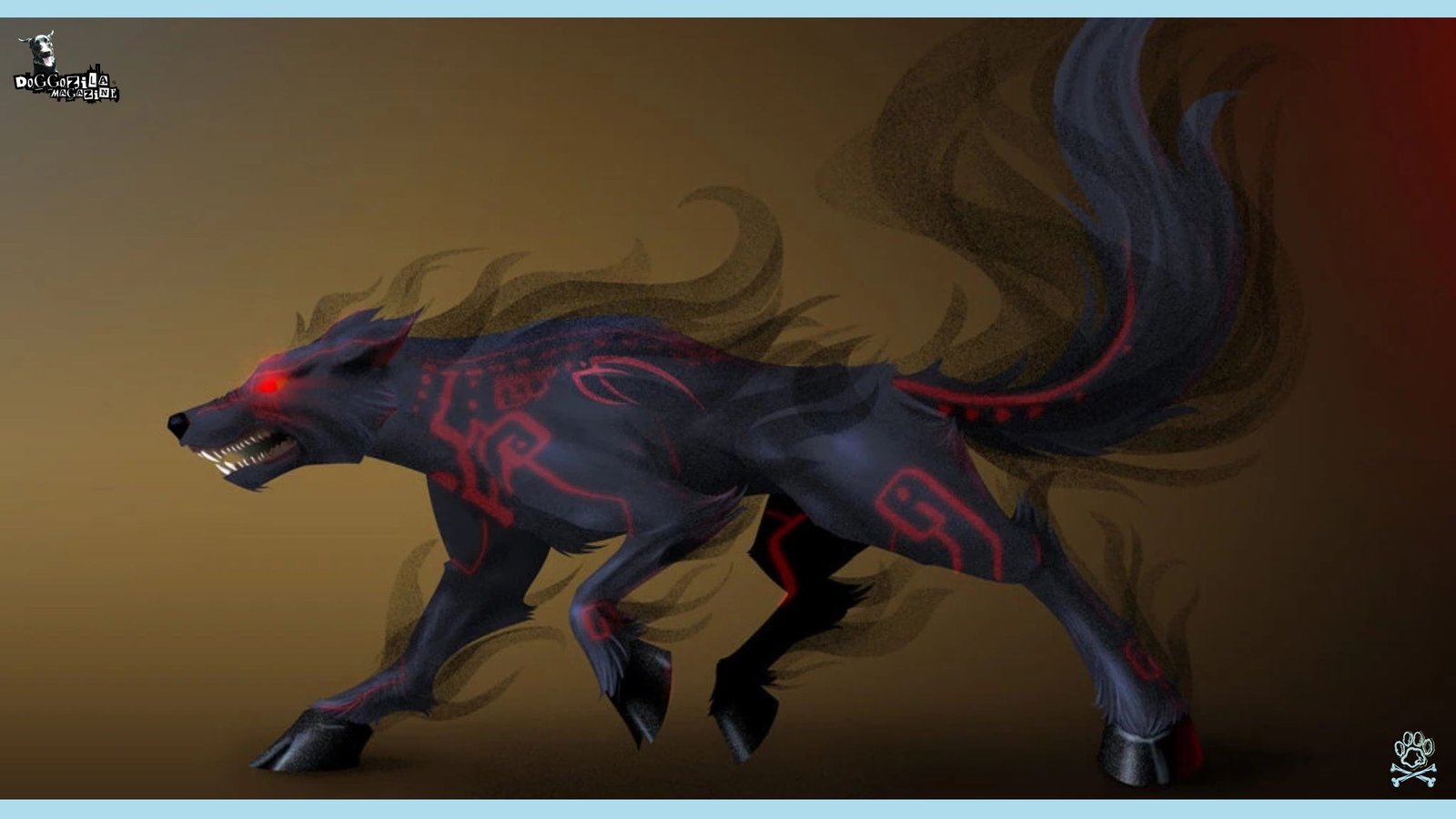
SPECTRAL PACK PHENOMENA IN DOG MYTHS IN SLAVIC FOLKLORE
Ghostly dogs roaming the Slavic landscape form another thrilling chapter in dog myths in Slavic folklore, with tales of spectral hounds haunting everything from crossroads to abandoned battlefields. Unlike the protective household spirits, these phantom dogs often served as omens or guardians of specific locations where the veil between worlds was thin.
In Poland, mysterious black dogs were said to protect hidden treasures, while Serbian stories told of the Bukavac, a six-legged demonic creature that lurked near waterways. These legends added layers of supernatural mystery to the Slavic natural world.
Understanding of Dogs as Boundary Keepers
The prevalence of these spectral dog stories across widely separated Slavic regions suggests a shared cultural understanding of dogs as boundary keepers, both in physical and spiritual terms. From the Balkans to Russia, similar descriptions of large, shadowy dogs with glowing eyes appear in folk tales, often serving as warnings to travelers venturing into dangerous areas.
These consistent motifs in dog myths in Slavic folklore demonstrate how our ancestors used the familiar image of dogs to conceptualize and navigate unknown spiritual territories that surrounded their daily lives.
Regional Variations of Phantom Hounds
Slavic regions each developed their own distinctive versions of ghostly dogs, adapted to local landscapes and concerns. Balkan legends featured the Bukavac, which emitted loud cries near rivers and lakes, while Russian stories told of the Chernobog, a dark deity accompanied by shadowy dogs that brought misfortune.
These regional variations show how dog myths in Slavic folklore evolved to address specific environmental and cultural contexts. Yet the common thread remained, dogs, whether living or spectral, served as intermediaries between the known human world and the mysterious realms beyond.
The Symbolism of Spectral Pack Behaviors
Phantom dogs in Slavic folklore typically appeared alone or in small groups rather than large packs, but their behavior still reflected observations of real dog social structures. The way these spectral hounds established territories in liminal spaces like cemeteries or crossroads mirrored how real dogs mark and defend boundaries.
Their appearance at specific times like midnight, dawn, or during life transitions, have connected them to cyclical patterns Slavs observed in both natural and supernatural worlds. These symbolic behaviors reinforced the idea that spiritual realities operated with their own kind of order, guarded by dog sentinels.
Connecting Phantom Hounds to Modern Dog Behavior
While we may not believe in literal ghost dogs today, these spectral legends help explain behaviors we still observe in our pets. When your dog suddenly stares intently at an empty corner or barks at nothing visible, you’re witnessing the same behavior that inspired Slavic spectral dog myths.
Modern dog owners often report their pets reacting to things beyond human perception, whether that’s high-frequency sounds, subtle seismic shifts, or if you’re open to the possibility, spiritual presences. Our dogs still guard boundaries we cannot perceive, continuing their ancient role as guardians between worlds.
🔑 Key Points: Folklore is rich with tales of phantom hounds and ghostly dogs that haunted liminal spaces like crossroads, serving as omens, treasure guardians, or protectors of the spirit world.
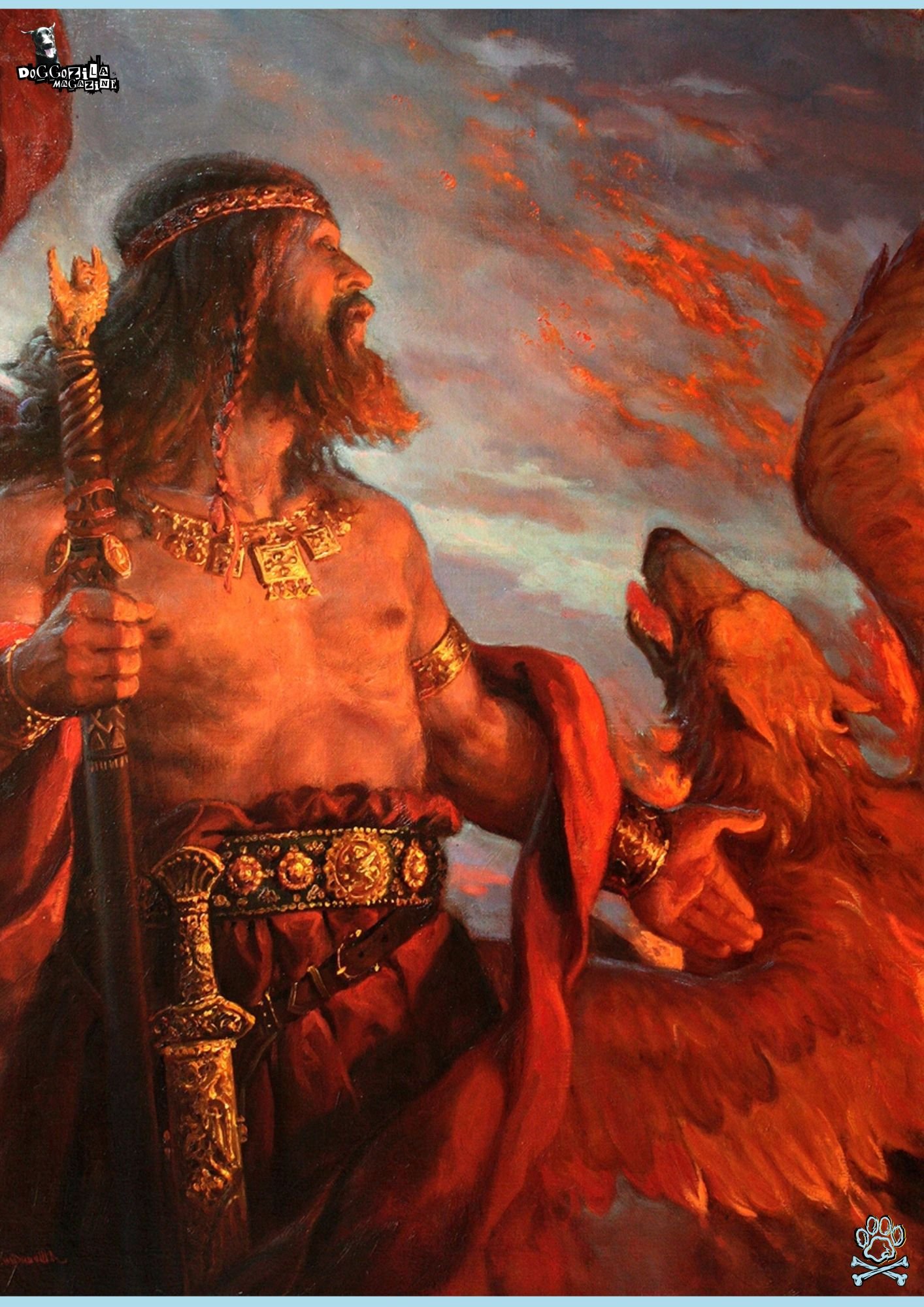
RITUALS AND MAGICAL PRACTICES FROM SLAVIC DOG MYTHS AND FOLKLORE
The practical application of dog myths in Slavic folklore extended into formal rituals and healing practices that survived well into the Christian era. Across Slavic communities, specific dog breeds or colors held particular magical significance, with black dogs often considered most powerful for protective magic.
Historical records describe how Slavic peoples sometimes sacrificed dogs in solemn ceremonies, then used their remains for protective charms or territorial markings. These practices, while unsettling today, demonstrate how deeply dogs were embedded in the spiritual ecology of Slavic life.
Discoveries That Reflect Rituals from The Slavic Dog Myths and Folklore
Archaeological evidence supports the historical accounts of sacrificed dogs, with findings at various Slavic sites revealing ritual dog burials at settlement boundaries. These discoveries confirm that dogs served as spiritual guardians not just in life but in death as well.
The 2017 excavation at Krasnosamarskoe revealed evidence of young men consuming dog flesh to transform into wolf-like warriors, providing fascinating insight into how dog myths in Slavic folklore translated into intense initiation experiences. These rituals blurred the line between symbolic and literal transformation in ways that modern psychology might interpret as altered states of consciousness.
Dog Elements in Folk Healing
Slavic folk medicine frequently incorporated elements from dogs, guided by the principle that these animals possessed special connections to healing forces. In some Russian traditions, placing a dog’s fur near a sick person was believed to draw out illness, while Serbian healers might use dog saliva in poultices for wounds.
These practices, while unhygienic by modern standards, reflected observations of how dogs’ wounds healed quickly and their ability to detect illness in humans. The underlying logic recognized that dogs possessed vital energies that could benefit humans when properly channeled.
Archaeological Evidence of Ritual Practices
Excavations across Slavic regions have uncovered numerous ritual deposits involving dogs, confirming what written sources describe. At sites in Ukraine and Poland, archaeologists have found complete dog skeletons placed at settlement boundaries, likely for spiritual protection.
These findings provide tangible evidence for the practices described in dog myths in Slavic folklore, showing how spiritual beliefs translated into physical actions. The care taken in these ritual burials suggests genuine respect for the sacrificial animals, not mere disposal, indicating these were sacred ceremonies rather than casual practices.
Modern Spiritual Practices with Dog Elements
While few people today practice traditional Slavic rituals, some elements persist in adapted forms among modern pagans and spiritual seekers. Placing a statue of a dog near the entrance of a home echoes the ancient practice of using dogs for spiritual protection, even if the form has changed.
Some contemporary spiritual practitioners work with dog energy in meditation or visualization, calling upon the protective qualities celebrated in dog myths in Slavic folklore. These modern adaptations show how our deep-seated spiritual connection to dogs continues to evolve while maintaining its essential character.
🔑 Key Points: The spiritual role of dogs was formalized in rituals and folk healing, with archaeological evidence showing they were used in protective charms and even initiation ceremonies.
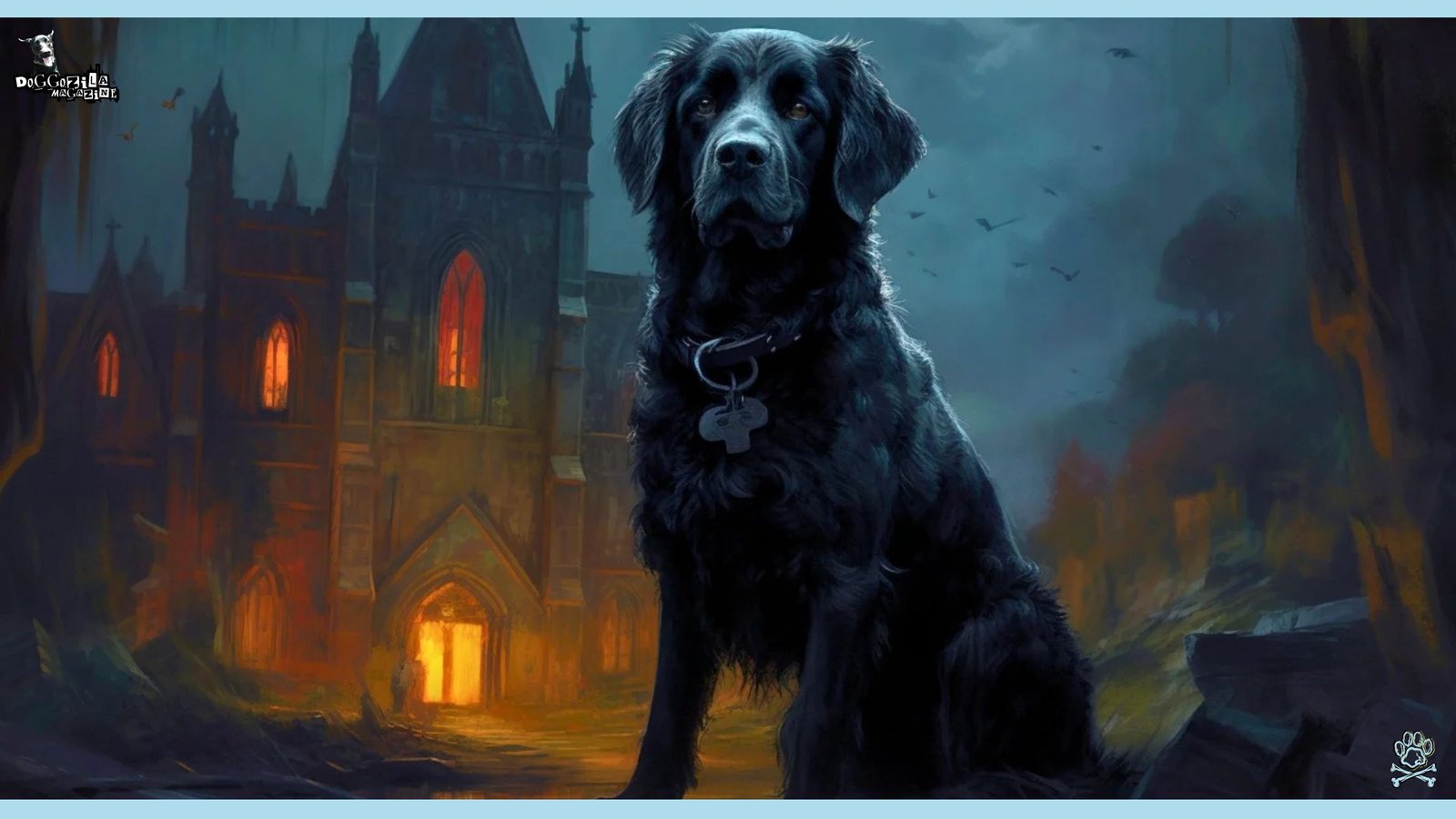
MODERN CONNECTIONS TO ANCIENT DOG MYTHS IN SLAVIC FOLKLORE
The enduring legacy of dog myths in Slavic folklore continues to shape how we perceive and interact with our dogs in the 21st century. While few dog owners in Slavic countries consciously think about Simargl or Veles when playing with their pets, underlying cultural patterns persist in subtle ways.
The preference for certain dog breeds in specific Slavic regions, the interpretation of dog behavior through a slightly supernatural lens, and the deep-seated belief in dogs’ protective capacities all echo ancient mythological themes. These connections create an unbroken thread between modern pet ownership and ancient spiritual traditions.
Slavic Dog Myths and Folklore Inspiring The Modern Culture
Contemporary literature, film, and video games frequently draw upon these rich mythological traditions, reintroducing them to new generations. The Witcher series, rooted in Slavic folklore, features numerous creatures and concepts that resonate with traditional dog myths in Slavic folklore, from protective spirits to shape-shifting beings.
This cultural recycling ensures that these ancient stories remain living traditions rather than museum pieces, constantly adapting to new mediums and audiences while retaining their core insights about the human-dog bond.
Breed Preferences with Mythological Roots
Certain dog breeds popular in Slavic countries today embody qualities celebrated in ancient myths, creating an unconscious continuity with spiritual traditions. The massive, protective Caucasian Shepherd Dog, for instance, embodies the guardian role so central to dog myths in Slavic folklore.
Similarly, various Slavic hunting breeds like the Russian Borzoi continue the tradition of dog partnership in navigating wild spaces. These breed preferences suggest that our ancient ancestors’ mythological understanding of dogs still influences which canines we welcome into our homes today.
Interpreting Modern Dog Behavior Through Ancient Lenses
Many Slavic dog owners today instinctively interpret their pets’ behavior through perspectives shaped by centuries of folklore. A dog barking at nothing, acting protective of a pregnant family member, or seeming to sense approaching weather changes might be discussed using language that echoes ancient beliefs.
While we now have scientific explanations for many dog abilities, the mystical interpretation persists as a cultural undercurrent. This blending of modern science and ancient intuition creates a rich, multilayered relationship between Slavs and their dogs that honors both rational and traditional ways of knowing.
Preserving and Adapting Ancient Traditions
Cultural preservationists and pagan revival movements throughout Slavic countries actively work to document and sometimes reconstruct traditional beliefs about dogs. Meanwhile, everyday dog owners contribute to keeping these traditions alive through simple practices, blessing new pets, acknowledging dog spiritual sensitivity, or sharing folk tales with children.
The dynamic nature of dog myths in Slavic folklore ensures their continued relevance, as each generation finds new meaning in these ancient stories while preserving their essential wisdom about our relationship with the natural and spiritual worlds.
🔑 Key Points: Ancient Slavic dog myths continue to subtly influence modern culture, from breed preferences to how we interpret our pet’s behavior, showing the enduring power of these stories.
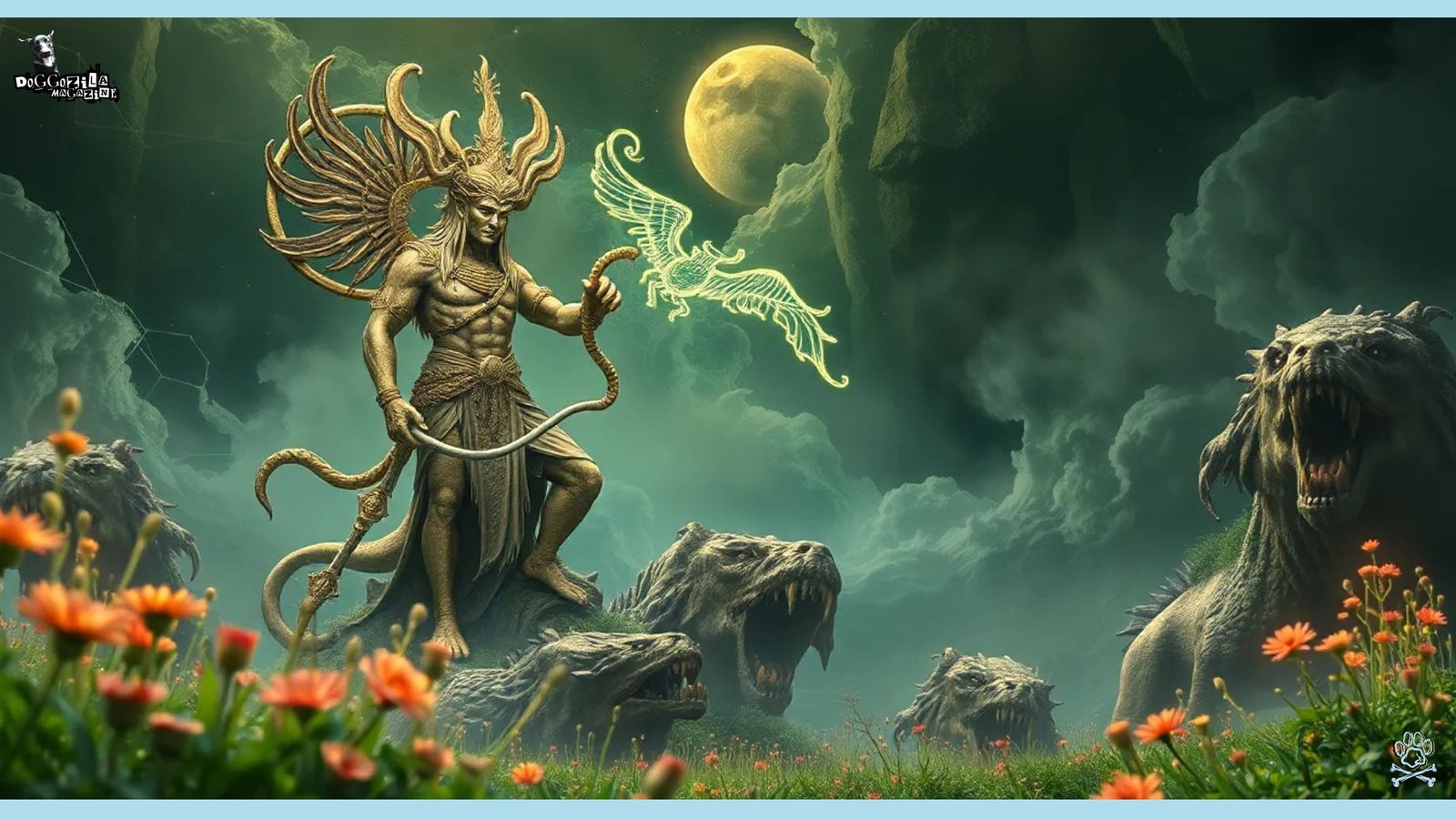
FREQUENTLY ASKED QUESTIONS ABOUT DOG MYTHS IN SLAVIC FOLKLORE
Our team as dog bloggers are deeply fascinated by the tales of spirit hounds and shape-shifters, we get a lot of great questions from fellow dog lovers. Here are some of the most common questions about the enchanting world of Dog Myths in Slavic Folklore.
Find Out More About The Slavic Ancient Beliefs
Discover Some Dog Breeds That Are Linked to The Slavic Myths
Learn How These Ancient Myths Influenced The Modern Culture
Top Recommended Articles About Dog Mythology and Ancient Beliefs
- Ancient Dog Myths in Asia: Guardians and Spirit Guides
- Corgis and Fairies: Legendary Ancient Connection
- Can Dogs Sense Death? Scientific Insights, Real Stories and Myths
The Enduring Power Of Slavic Dog Myths And Folklore
Our journey through the fascinating world of dog myths in Slavic folklore reveals how deeply our ancestors honored the spiritual dimensions of the human-dog bond. From the celestial Simargl to the shape-shifting legends of Veles, from household guardians to phantom hounds, Slavic traditions consistently recognized dogs as beings with one paw in our world and another in the unseen realms.
These stories provided frameworks for understanding the dog behavior that went beyond the practical to embrace the mystical and symbolic dimensions of our relationship with these remarkable animals.
Final Thoughts
The continuing appeal of these myths lies in their ability to articulate truths about dogs that science alone cannot capture, their uncanny perceptions, their loyal protection, and their role as guides through both physical and spiritual landscapes.
As modern dog lovers, we may explain our pets’ behavior differently than ancient Slavs, but we still recognize the essential wisdom in these traditions. The core takeaway is that Slavic folklore honored the deep, spiritual bond between humans and dogs, seeing them as loyal companions not just in life but as guides and protectors in the unseen world.
These ancient myths reveal a profound truth our ancestors understood. They saw the dog spirit as a loyal guide and protector, connecting our world to the unseen. While our explanations have changed, the magical bond they celebrated continues every day with our own four-legged companions.
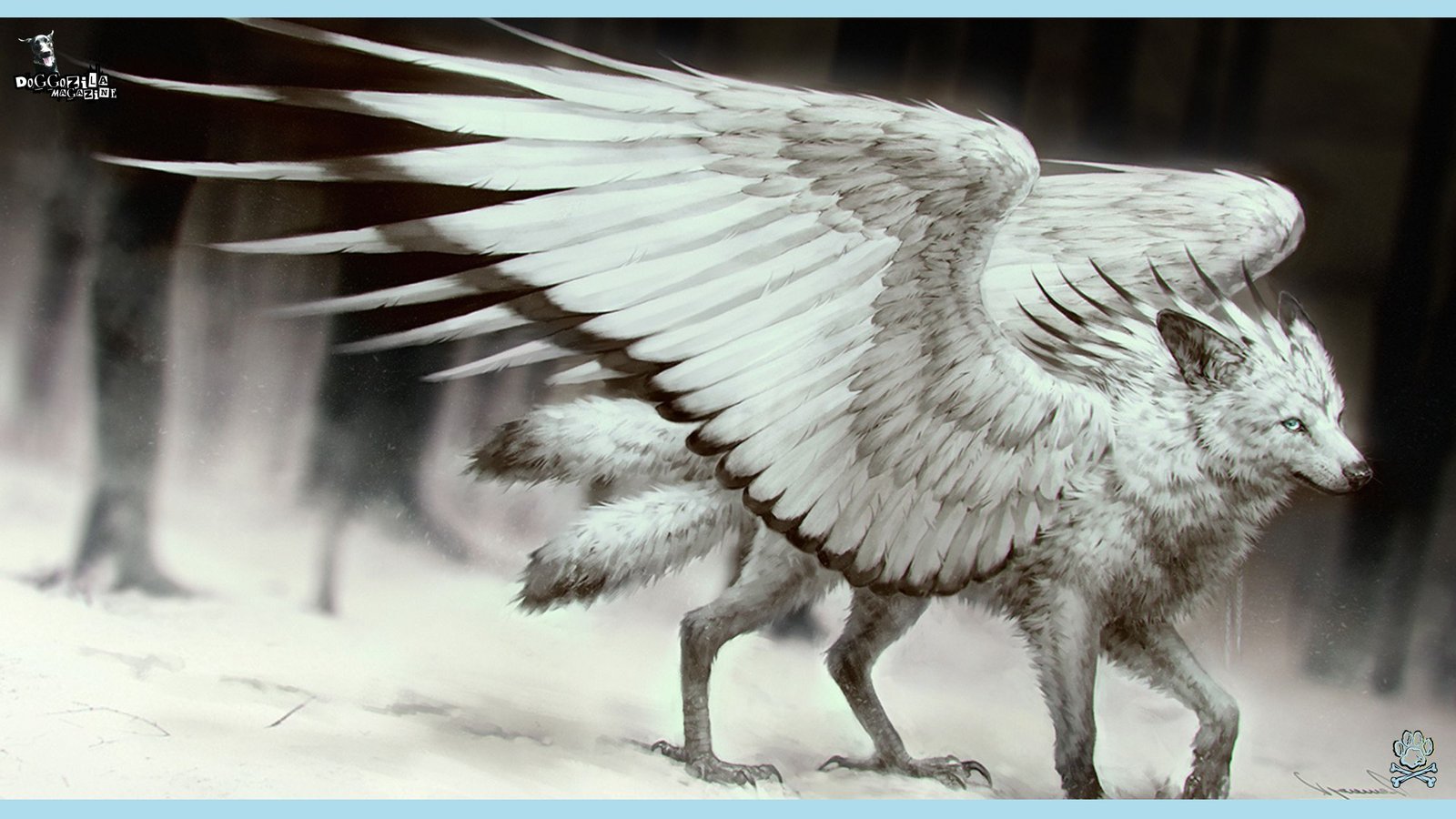
The next time your dog barks at something you cannot see or comforts you during difficult times, remember that you’re participating in an ancient relationship that Slavic people celebrated through their rich mythological traditions for centuries.
